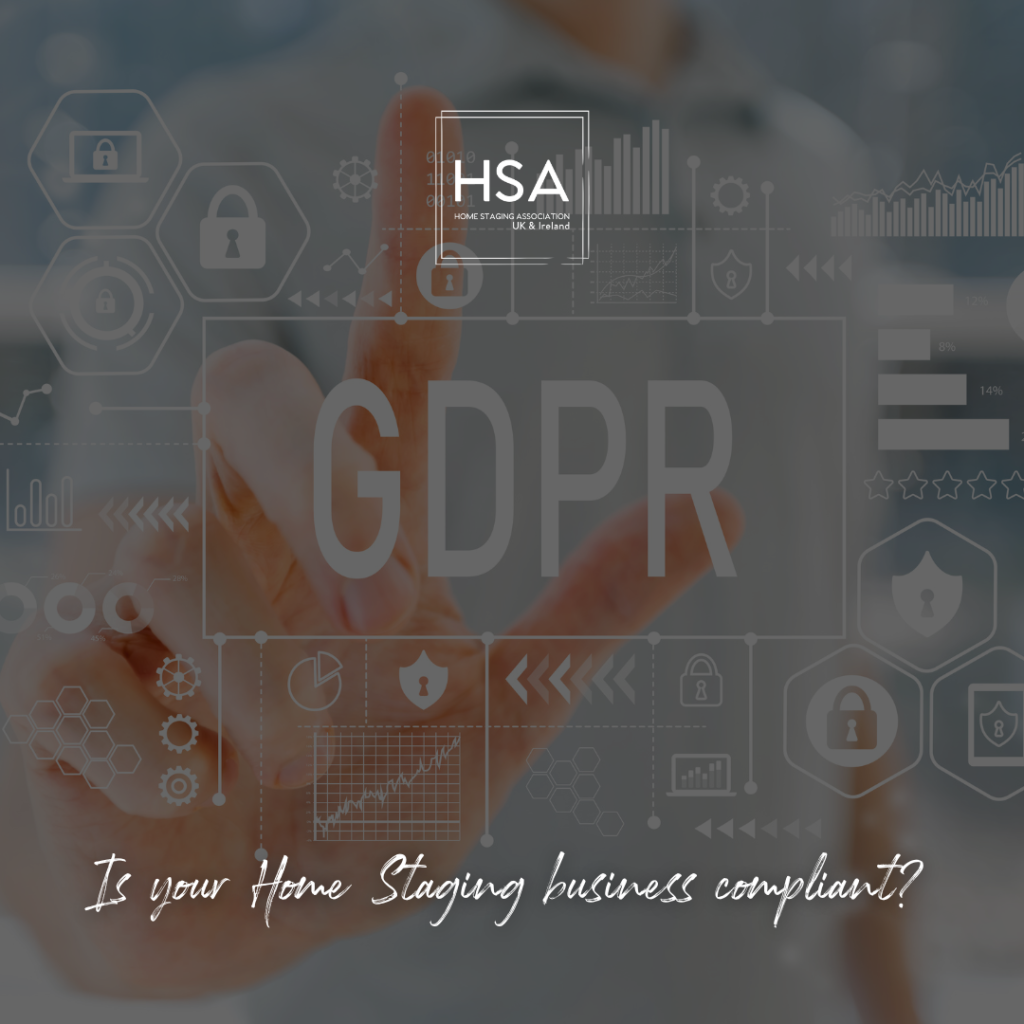
GDPR Checklist to Make Your Business Compliant
Article contributed by Austin Page
General Data Protection Regulation (GDPR), the European Union’s latest data privacy and security law of May 2018, is often considered the strictest regulation in the world. This is because GDPR establishes data privacy as a fundamental right for users in the UK and the EU. From the storage, use, and transfer of personal data, GDPR ensures that all of these are secure.
The fines for non-compliance could cost you a fortune, as they can reach more than €20 million. With that in mind, you must follow all the rules to make your business compliant with GDPR. But if you’re having a hard time figuring out the steps you should take, there is nothing to worry about. We’ve put together a GDPR checklist that you can follow. First, let’s understand why you’ll need to follow the strict rules of GDPR.
Why Should You Comply With GDPR Guidelines?
There are many reasons why meeting GDPR requirements is a must for your business. Here are a few:
It can help protect customer and employee data.
The GDPR sets high standards when it comes to personal data security. It obliges data controllers and processors to protect sensitive personal information. Know that a reliable method to reduce the risk of security incidents is to provide secure data processing.
It can help build and maintain your reputation.
You could taint your reputation if you neglect data privacy regulations. If your company experiences a data breach, expect inquiries, penalties, and perhaps legal action. By staying compliant with GDPR, you’ll be able to remain reputable in the eyes of your investors, employees, and customers.
It can give you a competitive edge in customer loyalty.
Your clients want to know if their data is safe with you and if they have control over it. Nowadays, your customers are more inclined to select a GDPR-compliant service provider or subcontractor than those that aren’t.
It can help you avoid fines and lawsuits for not being compliant.
Besides the risk of data breaches, not complying with GDPR guidelines may lead to penalties that could cause you money. As mentioned, the fines for non-compliance may reach €20 million. But it’s not all that; it maxes out up to 4% of annual global turnover, whichever is greater. So far, the largest fine paid by one company was €746 million. Know that the fine amount depends on various factors, including:
- The duration and severity of the violation
- The degree of cooperation with the authority
- The types of personal information impacted
Now that we have learned GDPR’s concept and why it’s important, let’s start knowing what you could do to make your business compliant with GDPR guidelines.
GDPR Checklist You Can Follow
1. Ensure transparency and lawfulness when processing data
According to the GDPR guidelines, processing personal data must have a legitimate purpose and be done transparently. To do this, you can adhere to the following guidelines:
- Inform users before collecting their personal information
- Give valid reasons as to why you need to collect and process their data
- Gather only the data you require for the purposes mentioned to them
- Please specify how long you will store their data
- Always ask for subjects’ permission before processing their data
- Whenever you make changes to your data, notify the data subjects
There are complexities to asking consumers for their consent. The user must consent to the processing of their data. You can do it via an opt-in activity, such as checking a box. Just be clear and concise when it comes to informing them about your data collection, storage, and processing for transparency.
2. Conduct a Data Protection Impact Assessment (DPIA)
A data protection impact assessment (DPIA) is created to identify and lower the risks associated with the collecting and processing of personal data. Knowing these risks can help you develop proper security measures.
You can use the GDPR’s sample DPIA template to carry out a proper DPIA. Per Article 35 of the GDPR, your company must consult a data protection officer (DPO) for guidance before conducting a DPIA.
3. Implement GDPR-compliant data protection policies
Once you’re done with DPIA, developing and implementing data protection policies compliant with GDPR is the next thing on the checklist that you must mark checked. Ensure that they unify with other security measures. Use the privacy by design principle, which states that privacy should be a fundamental component of your IT infrastructure by default.
4. Document everything for your GDPR compliance
Being able to demonstrate compliance with supervisory authorities and show that all data is processed legally with all applicable security measures applied is another crucial GDPR requirement. See the list of relevant Data Protection Authorities (DPA) on the European Data Protection Board website. If you’re based outside the EU, you may contact the European Data Protection Supervisor (EDPS) as your supervisory authority.
Going back to the documentation, you must keep records of your compliance and personal data security procedures. You can create a GDPR diary that charts the data flow within your company. You can also use your GDPR diary as a guide to enhance security in the event of a data breach.
5. Educate your employees about processing data securely
Ensure that all your employees are aware of the GDPR guidelines, potential cybersecurity challenges, how to do secure data processing, and the repercussions of non-compliance. Doing this will help reduce the risks of data breaches and GDPR violations. You can conduct regular training programs to make this work.
The Bottom Line
We know that it can be challenging to comply with GDPR. But with our checklist, you’ll be equipped with knowledge on how you could make your business compliant. Start enhancing your data protection policies today.
If you’re looking for ways to connect with professionals, partners, and clients in the Home Staging industry, visit us here.

Leave your comment